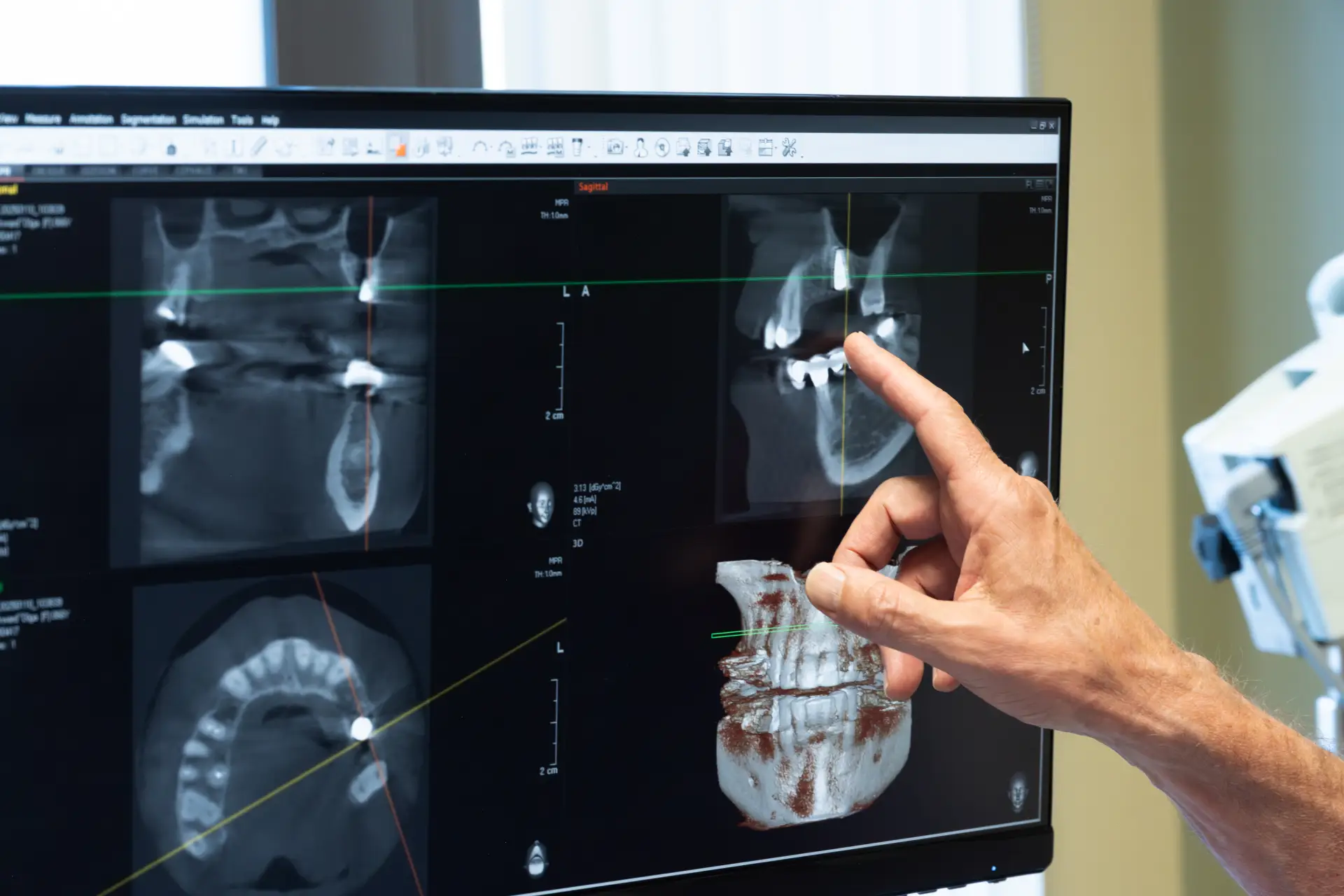
ExtractionsIn Carmel Valley
When a damaged or painful tooth is affecting your health or quality of life, we’re here to help. While we always aim to preserve your natural teeth, sometimes a safe, gentle extraction is the best path to save your smile.

Why might I need an extraction?
Your Periodontist assess the supporting structures of teeth and can help diagnose if a tooth has a good chance of functioning or if it needs to be extracted. Our goal is to preserve the natural tooth as long as possible, but there are several situations when a tooth may need to be extracted: where there is severe decay, advanced periodontal disease leading to bone loss, a cracked or broken tooth that cannot be repaired, a poorly positioned tooth that is negatively affecting adjacent teeth or is difficult to clean and harbors bacteria, and as preparation for orthodontic treatment.
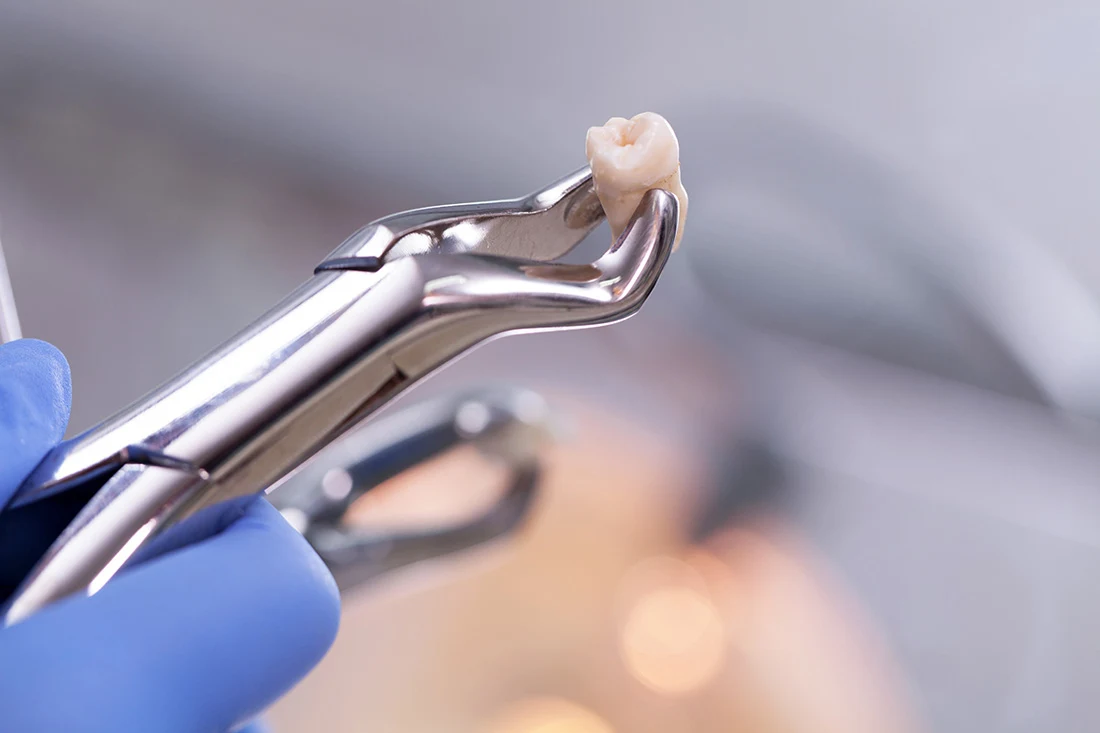
Extraction Site Preservation
There is a special type of bone surrounding your teeth. The bone is called alveolar ridge bone and exists solely to support your teeth. As soon as the tooth is removed, this bone begins to degenerate and “melt away.” The overlying gum tissue melts away with the alveolar bone and thins out as the ridge flattens.
This occurs in two dimensions. The first is a loss of horizontal width caused by the collapse of the bone surrounding the socket. The second is a loss of vertical height. This makes the remaining bone less “tall.” This process is faster in areas where you wear a partial or complete denture.
You have many options to prevent this, and it is important that you consider them before any teeth are extracted. Some of these procedures are best performed at the time the tooth is removed. When you need to have a tooth extracted, socket site preservation is recommended to preserve as much of your underlying bone as possible for your future restorations.
There are two important phases in retaining your alveolar ridge during and after tooth extraction. Non-traumatic extraction techniques are designed to preserve as much bone as possible and reduce bleeding and discomfort. In addition to non-traumatic extraction, a key to preventing the collapse of the socket is the addition of bone replacement material to the extraction socket.
Although the bone created by socket grafting supports and preserves the socket, it will not do so indefinitely. Placing dental implants three to twelve months after the extraction and socket grafting will provide the best long-lasting support for preserving your jawbone and allow you to function as before. Otherwise, the graft may “melt away” or resorb over time.
Your periodontist will discuss this option with you if it is a viable alternative.
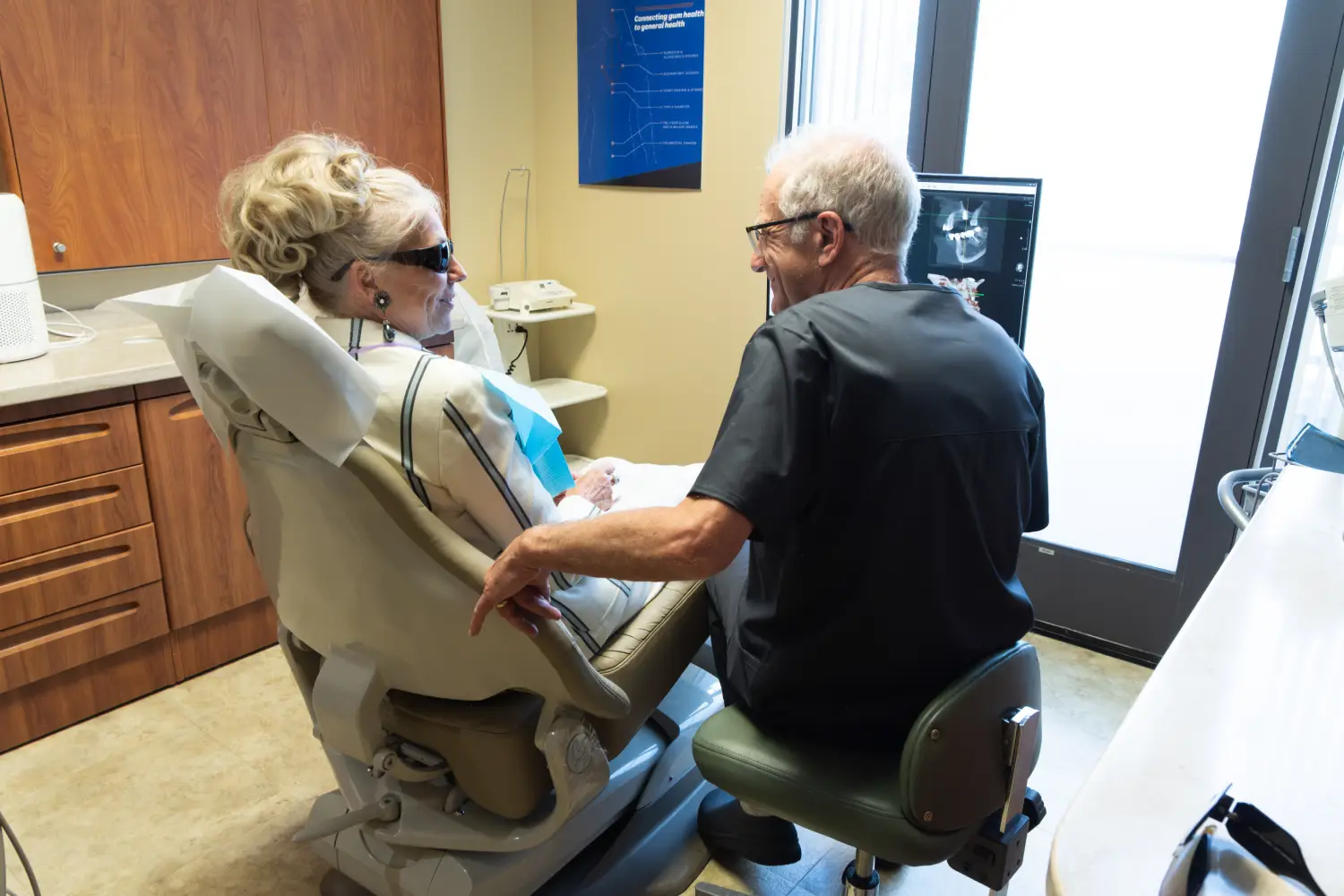
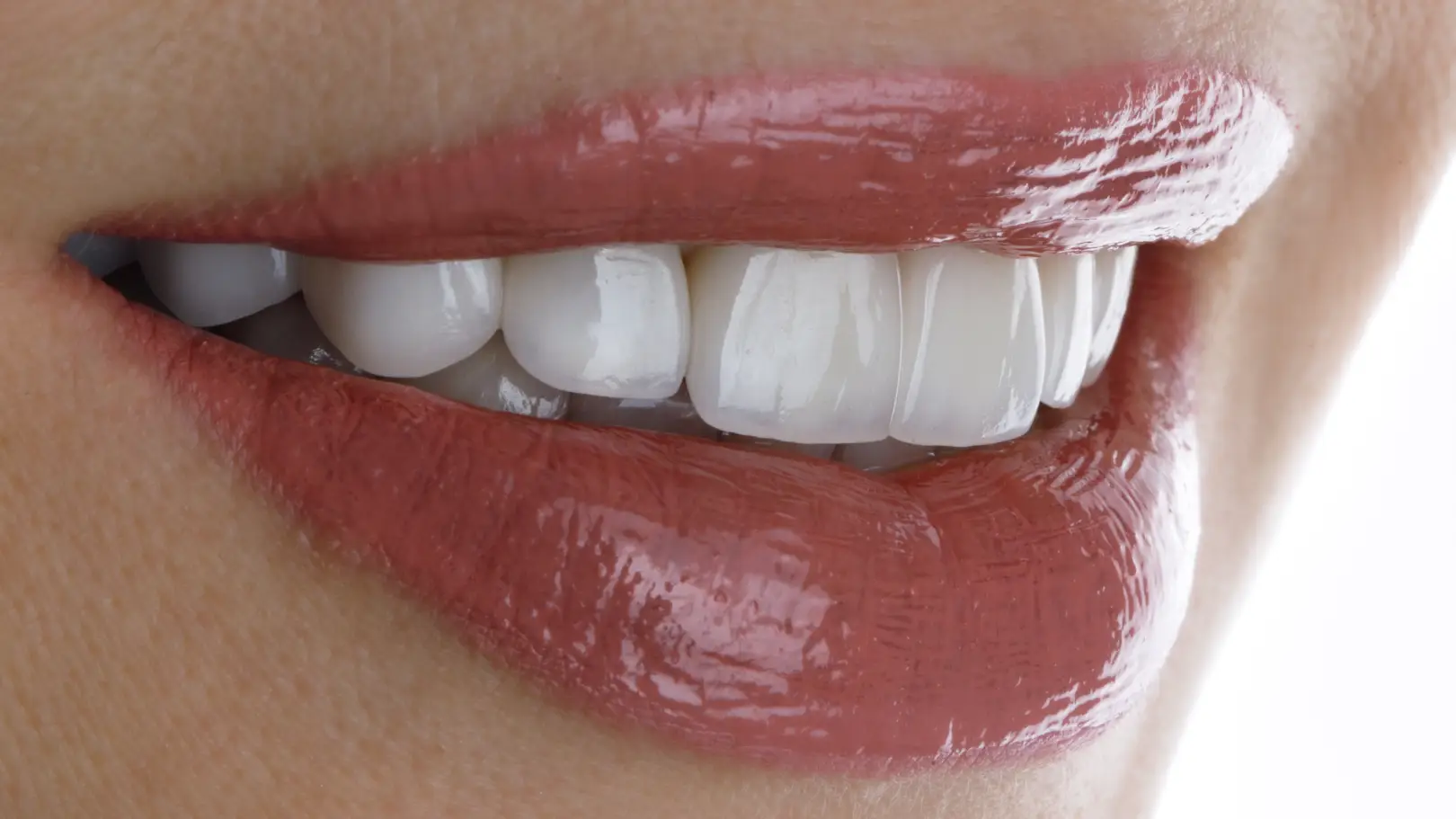
Not sure if an extraction is the right next step?
Before making any decisions about your smile, it’s important to feel confident in your care. Whether you’re weighing your options or just want a second set of eyes, we’re happy to provide a complimentary second opinion.
Honest Answers
Extractions Can Provide
Relieves Pain
If you're dealing with the pain of a cracked tooth or severe tooth damage, an extraction offers quick relief and restores your comfort.
Treatment Prep
Extractions pave the way for restorative treatments, such as dental implants or dentures, ensuring a strong foundation for long-term dental solutions.
Better Oral Health
Removing damaged or problematic teeth helps protect your oral health, preventing further complications and promoting overall well-being.
Our Difference
The Extraction Process
Treatment Plan
During your consultation, we’ll take digital x-rays to assess the condition of your tooth and the surrounding bone. We’ll explain whether extraction is truly necessary and walk you through any alternatives. If you’re moving forward, we’ll review the number of teeth to be removed, aftercare expectations, and any follow-up recommendations for tooth replacement. We’ll answer every question you have so you feel fully informed and know what to expect.
Procedure Prep
Before we begin, your comfort is our top priority. The area around your tooth will be thoroughly numbed with local anesthesia. Our team will walk you through what to expect and stay by your side throughout the entire visit. You’ll never feel rushed, and we’ll make sure you’re completely at ease before we proceed.
Extraction & Healing
We use gentle techniques to minimize trauma to the surrounding tissues. After your tooth is removed, the site will be cleaned and, if needed, closed with sutures. We’ll provide you with detailed aftercare instructions, including tips on diet, hygiene, and how to avoid dry socket. Most patients experience mild discomfort for a couple of days and are back to normal within one to two weeks.
FAQs
Frequently Asked Questions
Check out these frequently asked questions, or call us to speak with our team.
Tooth extractions are typically recommended when a tooth is beyond repair due to severe decay, advanced gum disease, trauma, or infection. Sometimes, a tooth may need to be removed to make room for orthodontic treatment or to prepare for a dental implant or denture.
Wisdom teeth are often extracted if they’re impacted, causing pain, or crowding surrounding teeth. Your dentist will always explore all options before recommending removal, but sometimes extraction is the best way to protect your long-term oral health.
You won’t feel pain during the procedure thanks to local anesthesia. After the numbing wears off, it’s normal to experience mild swelling, soreness, or discomfort in the area. These symptoms are usually most noticeable in the first 48–72 hours and taper off within a week.
You can manage them with over-the-counter pain relievers, cold compresses, rest, and following your doctor’s aftercare instructions. If you experience worsening pain, prolonged bleeding, or signs of infection, contact us right away.
Extractions required for impacted wisdom teeth, or to remove severely damaged or decayed teeth, are typically covered by insurance. To understand the specifics of your coverage, we recommend contacting your insurance provider directly for more details.
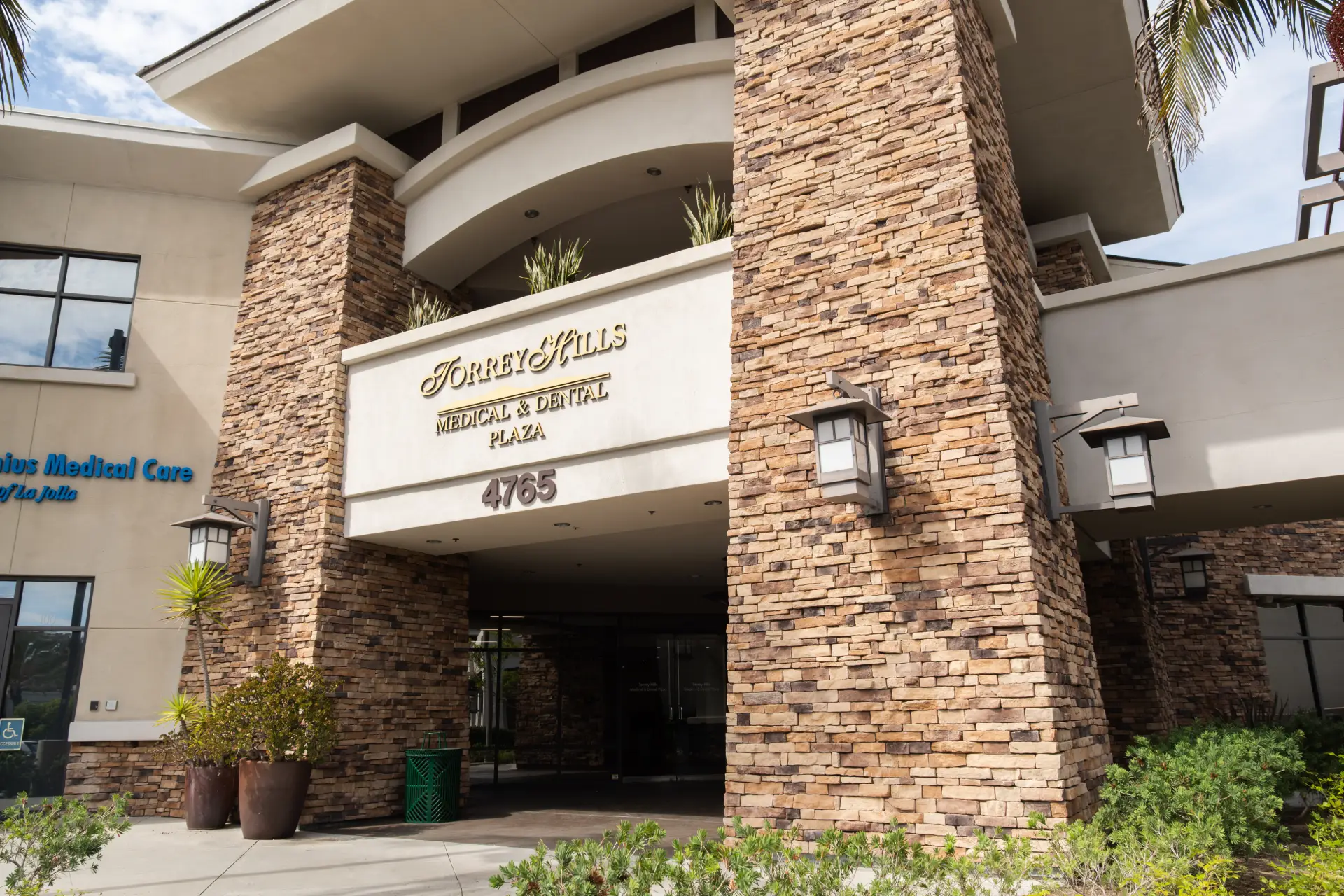
.png)

